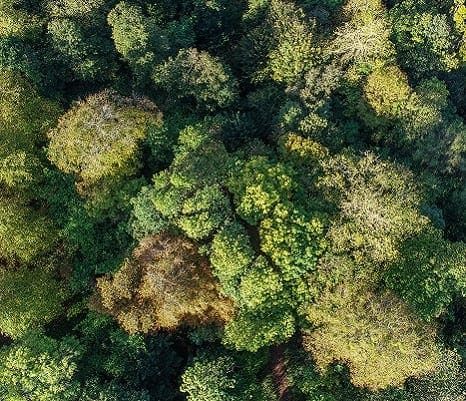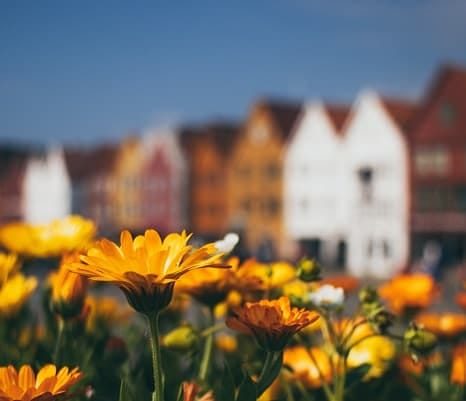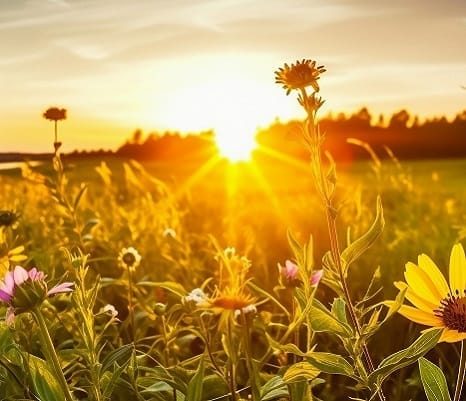Climate change is the defining issue of our time.
Renewable energy comes from natural resources like the sun, wind, air and ground. They help reduce climate change by emitting little or no greenhouse gases.
Since the 1800s, human activities like burning fossil fuels have been the main driver of climate change.
Burning fossil fuels generates greenhouse gas emissions
Greenhouse gas emissions trap the sun’s heat and raise temperatures.
Rising temperatures cause extreme weather events
Climate change can affect our health, ability to grow food, housing, safety and work.
Approximately 3.3 to 3.6 billion people are highly vulnerable to climate change.

International Panel on Climate Change
The International Panel on Climate Change (IPCC) provides regular scientific assessments to countries on climate change. The Panel also presents options to adapt to climate change and lessen its effects.

United Nations
The United Nations supports a global response to climate change with the United Nations Framework Convention on Climate Change (UNFCCC). The Convention has nearly universal membership (199 countries).

The 2015 Paris Agreement
The 2015 Paris Agreement aims to hold “the increase in the global average temperature to well below 2°C above pre-industrial levels” and pursue efforts “to limit the future temperature increase to 1.5°C above pre-industrial levels.”

National Climate Action Plans
Countries submit their national climate action plans, known as nationally determined contributions (NDCs), to the United Nations Convention on Climate Change.
